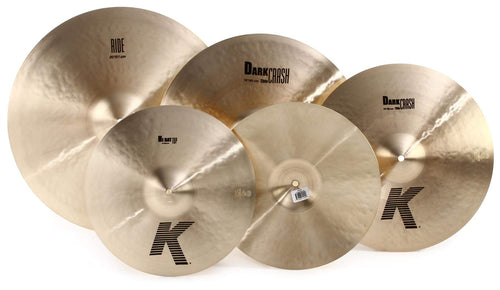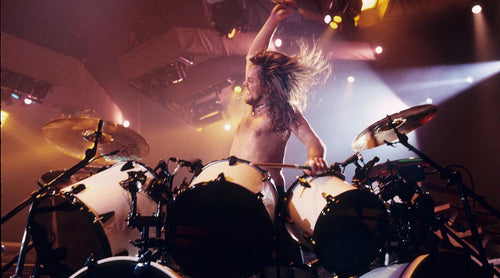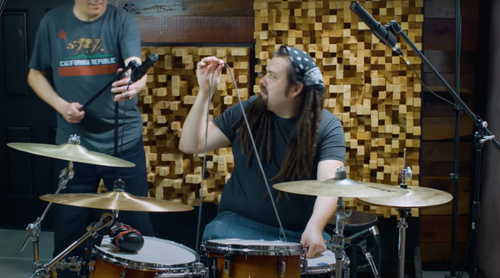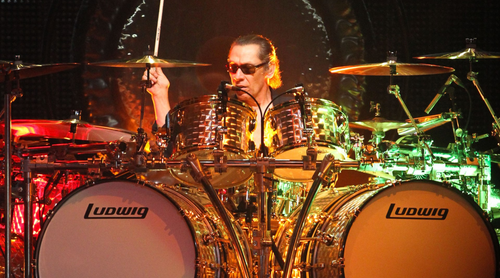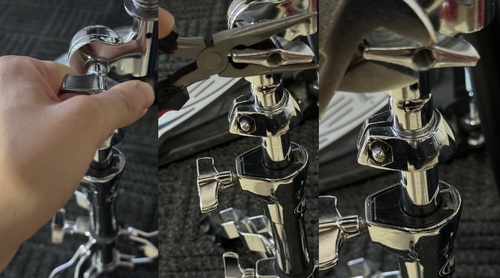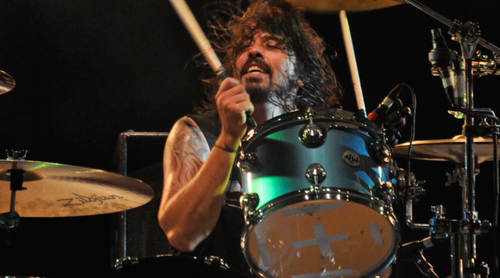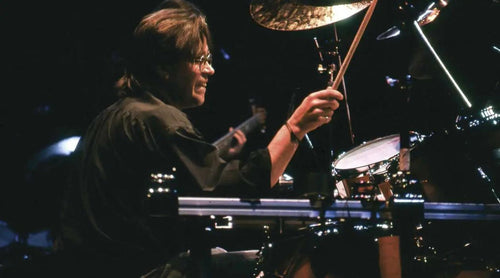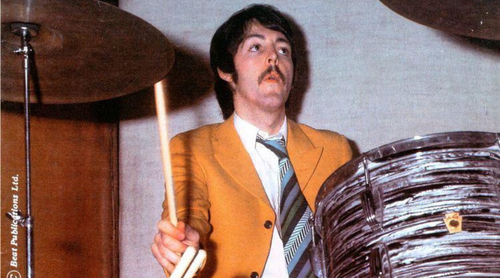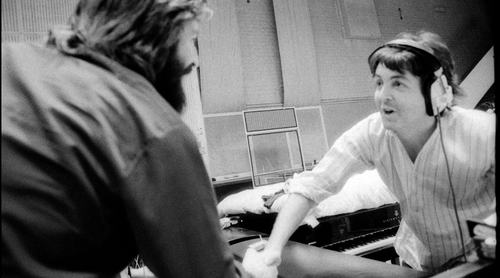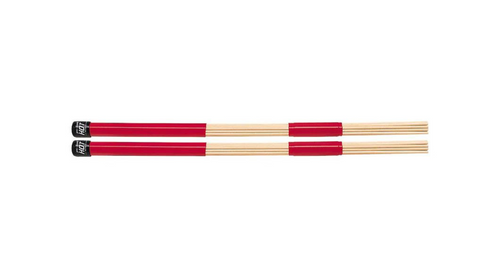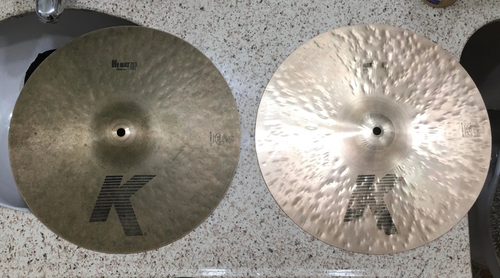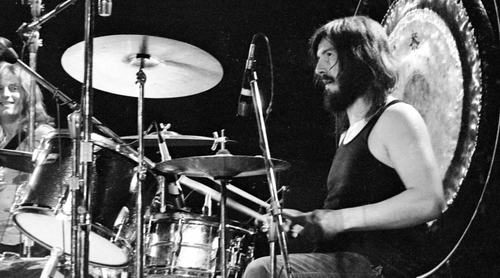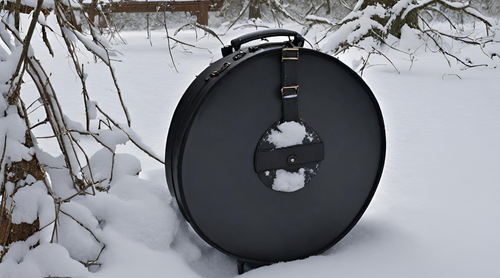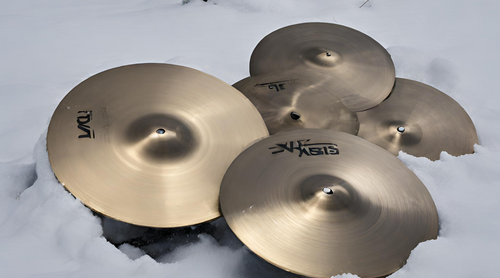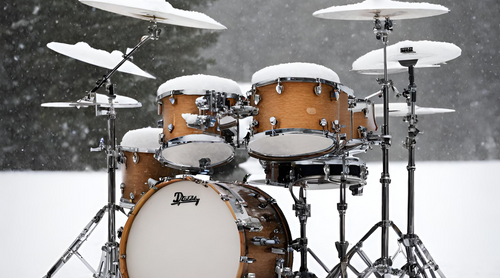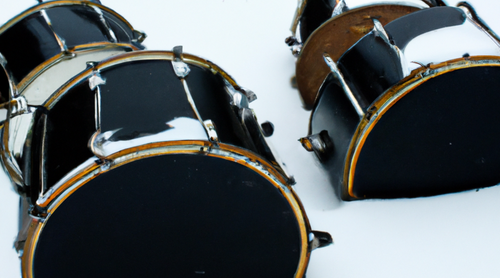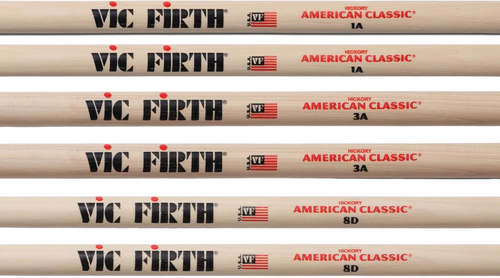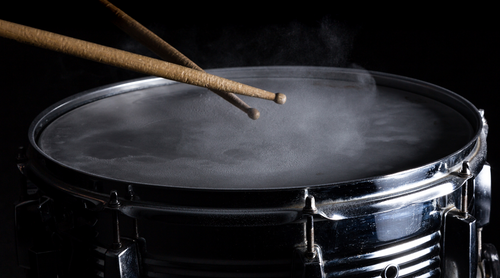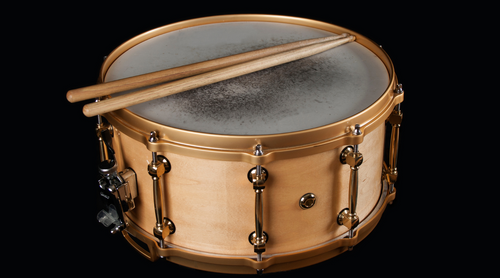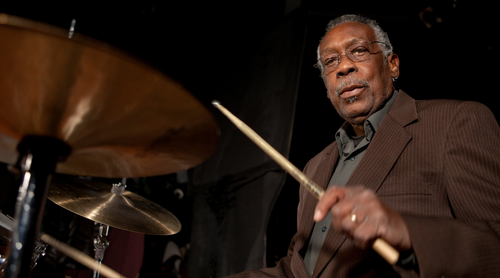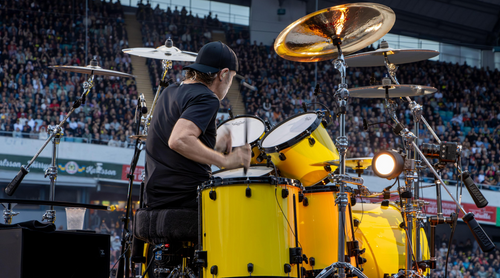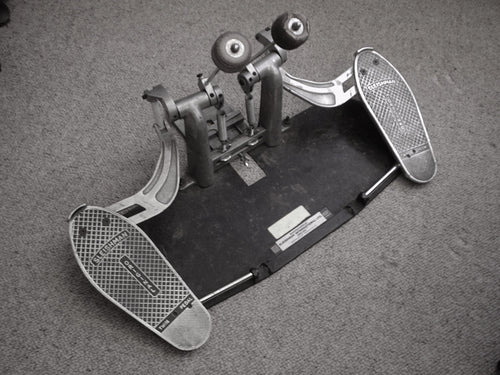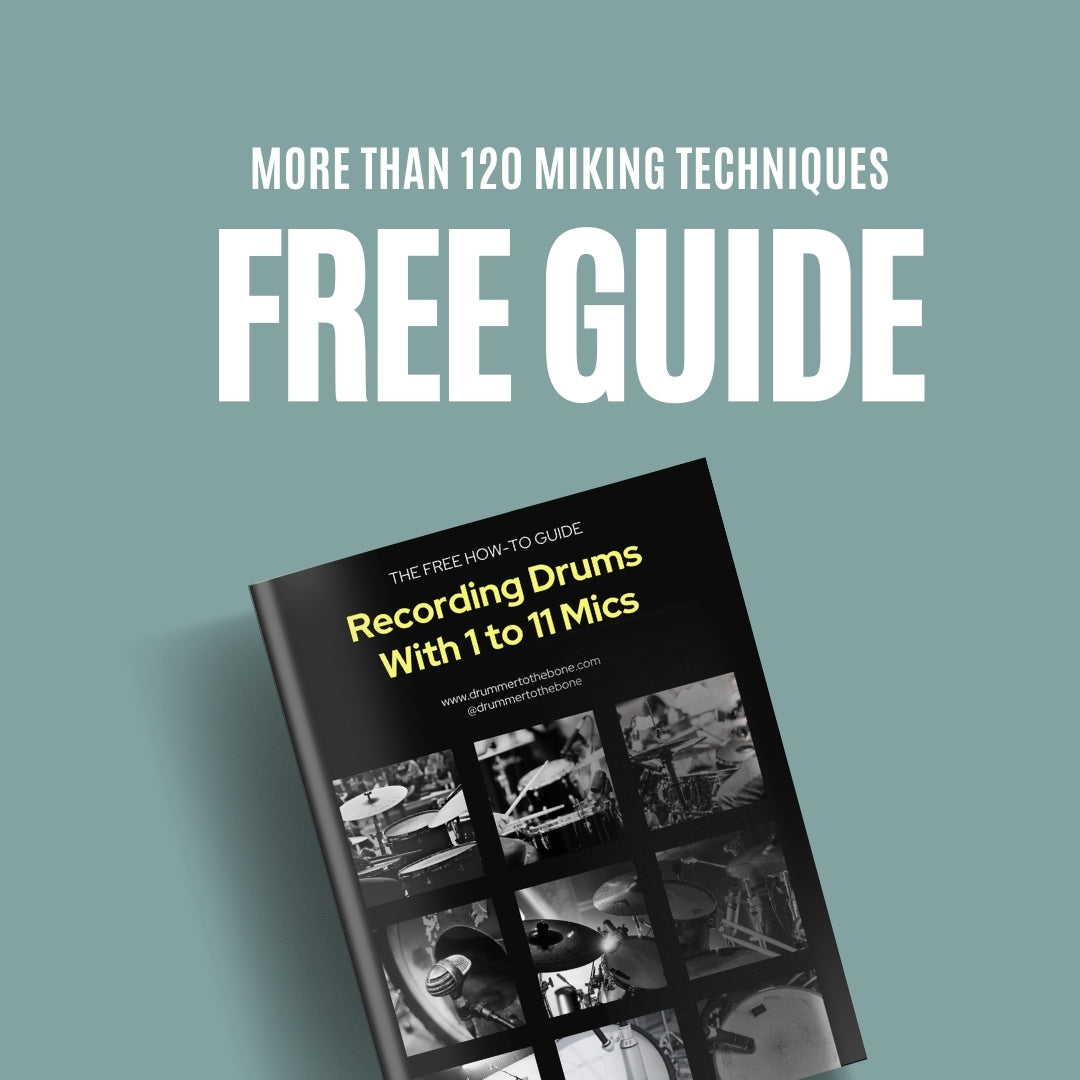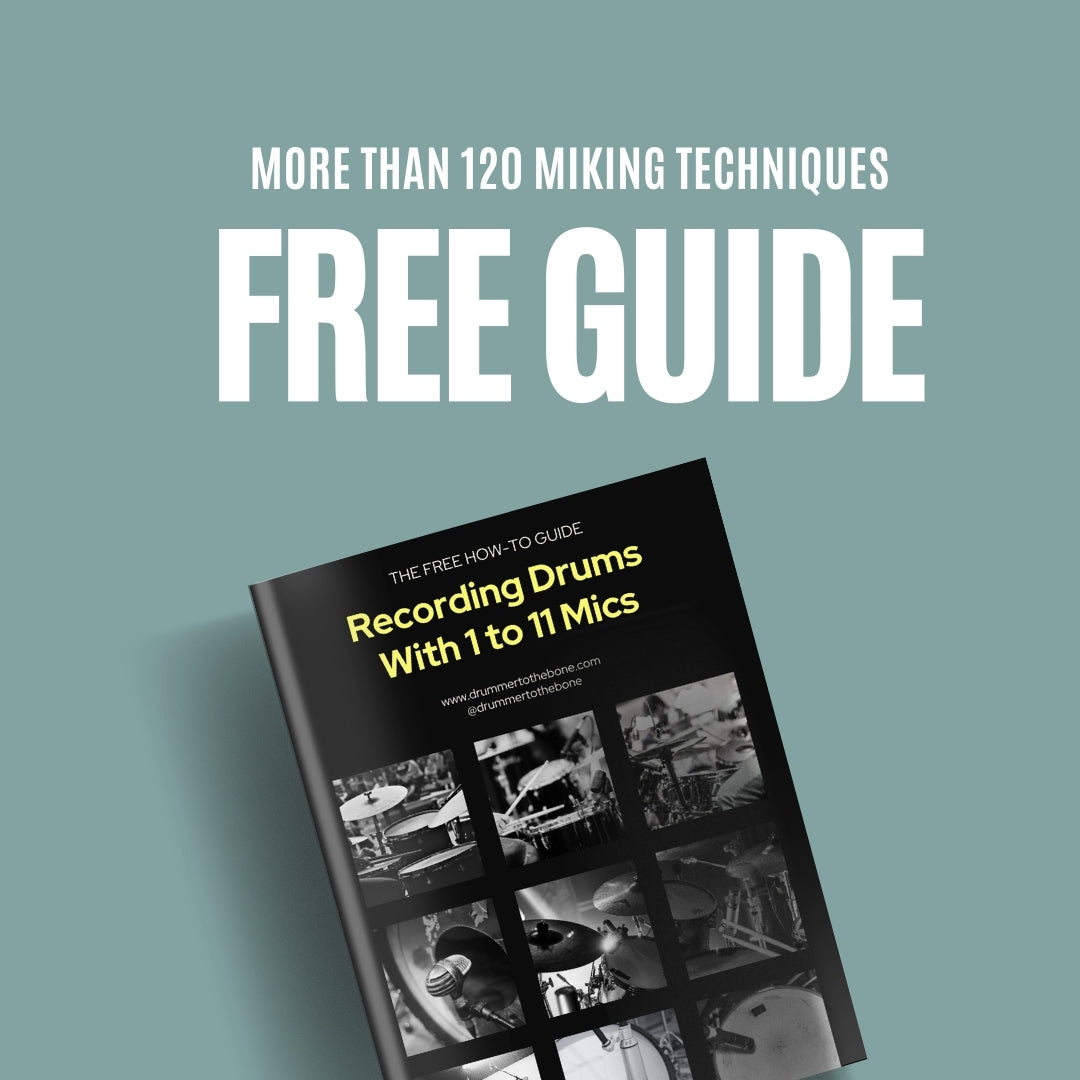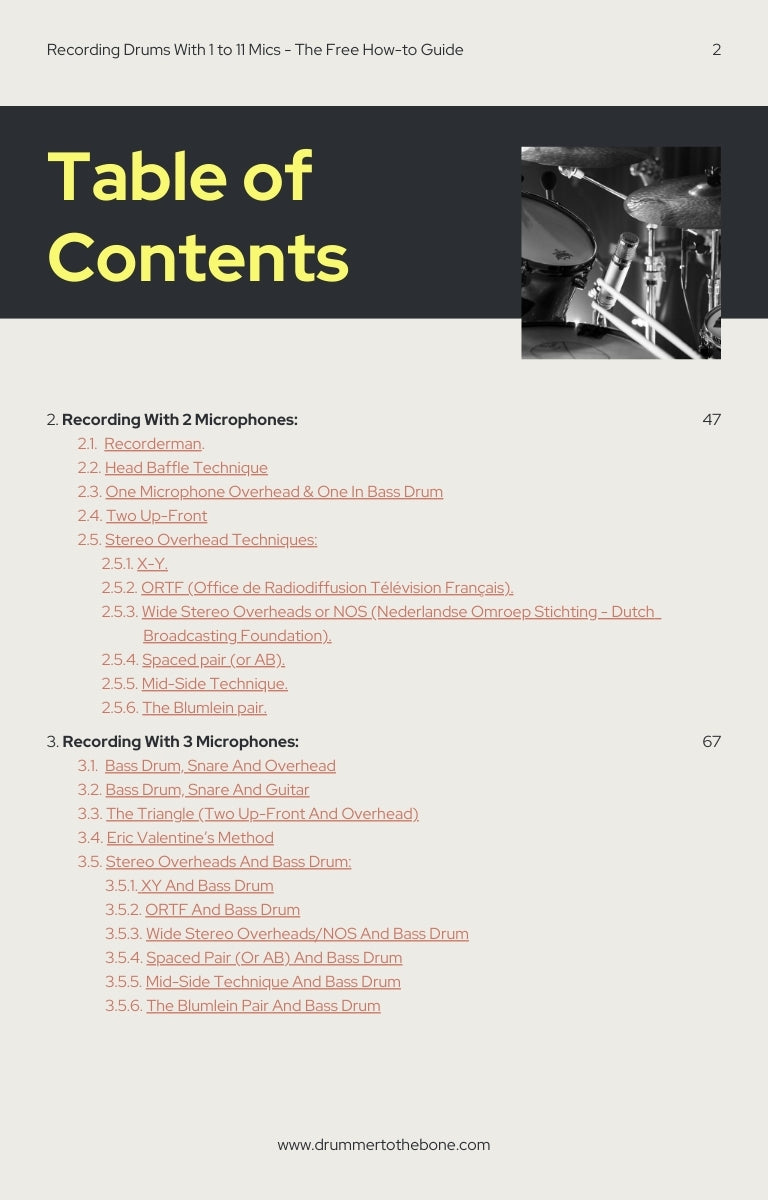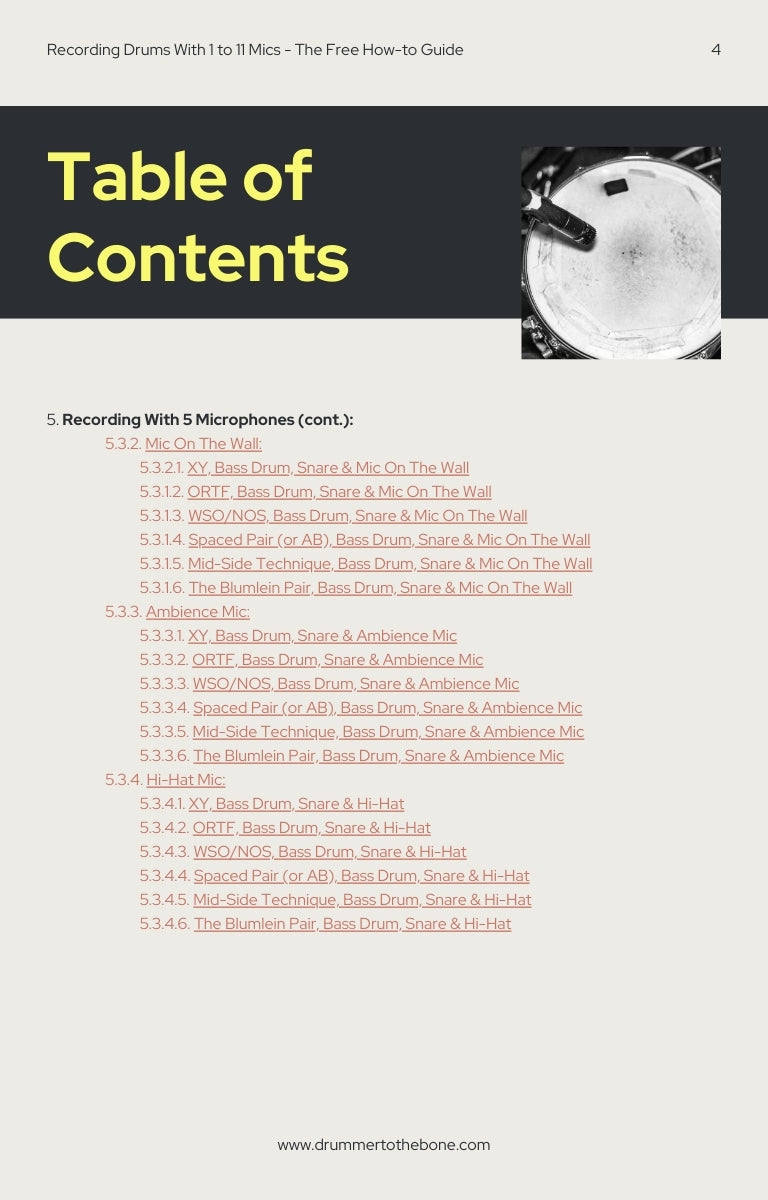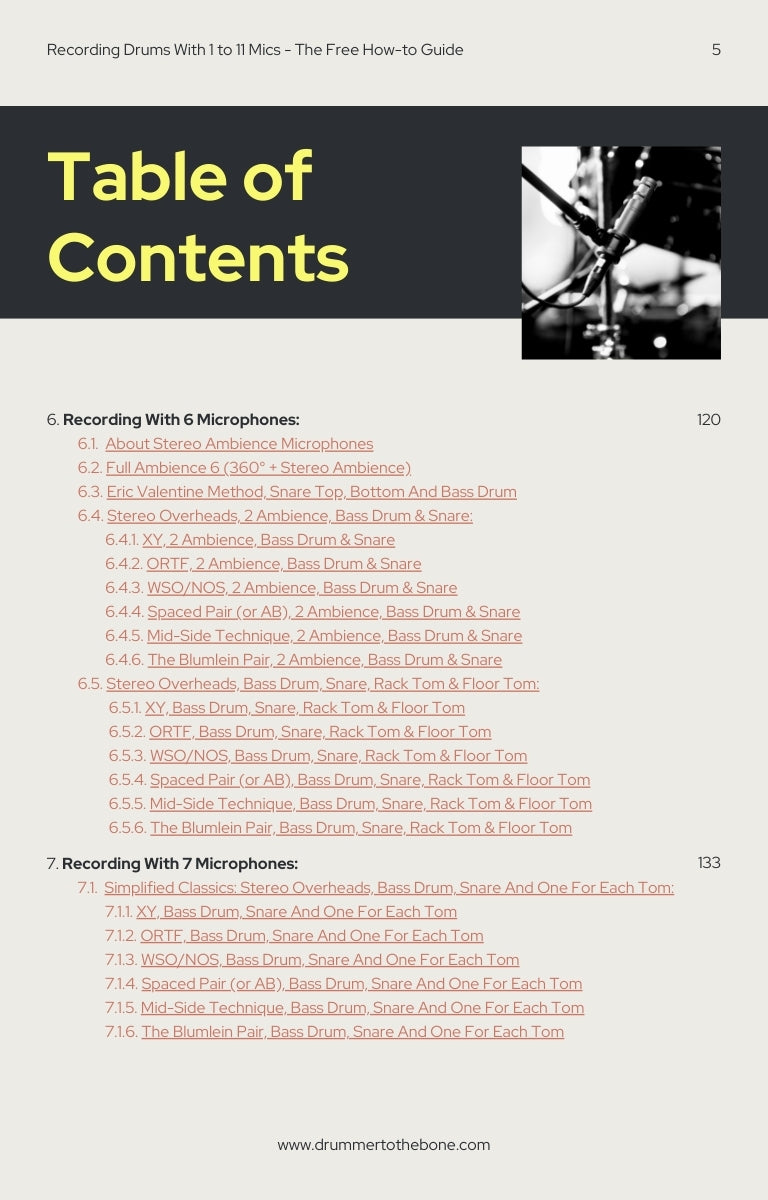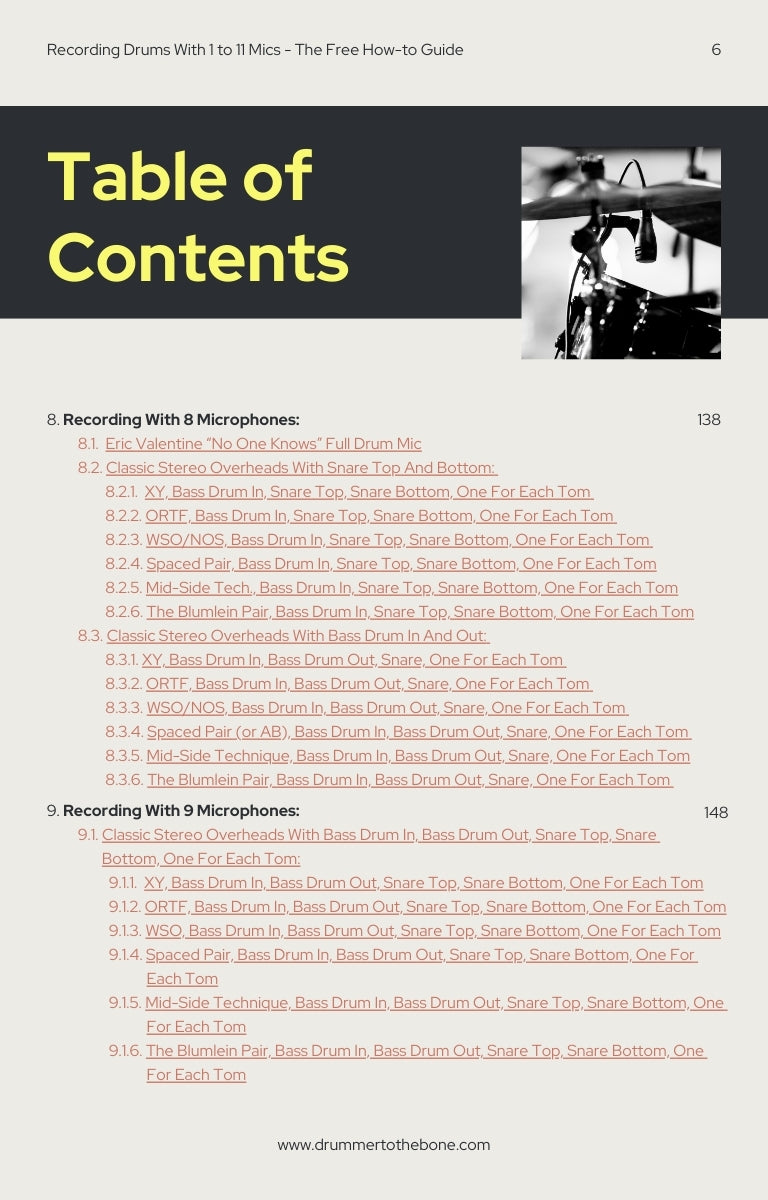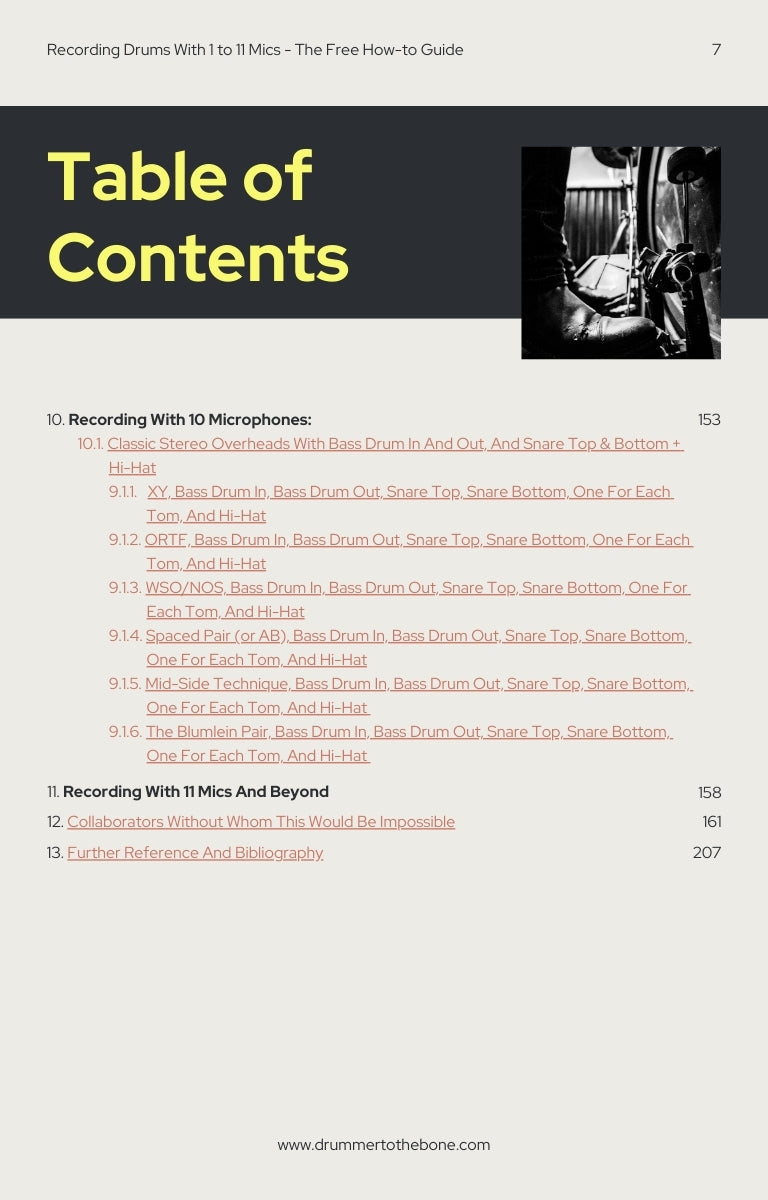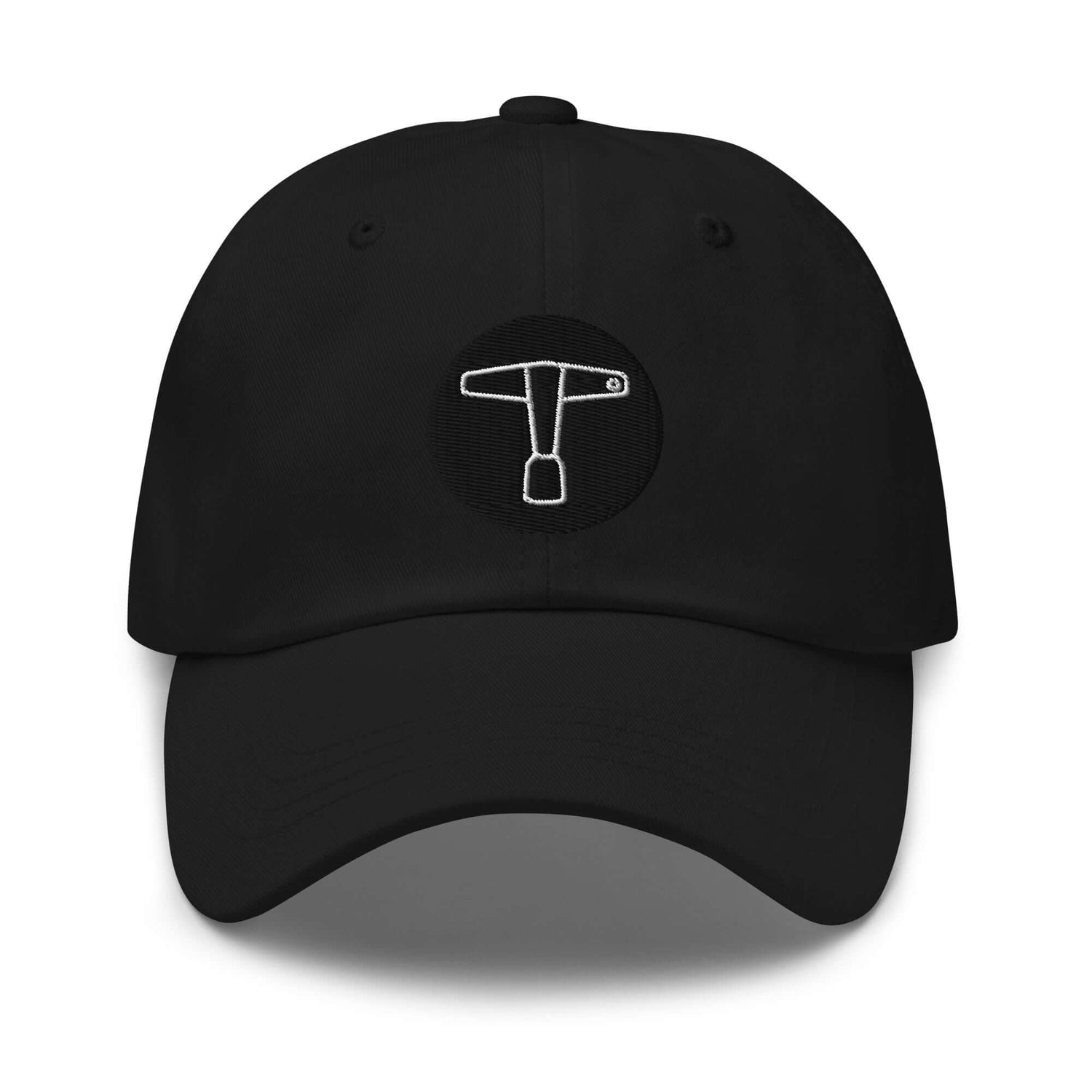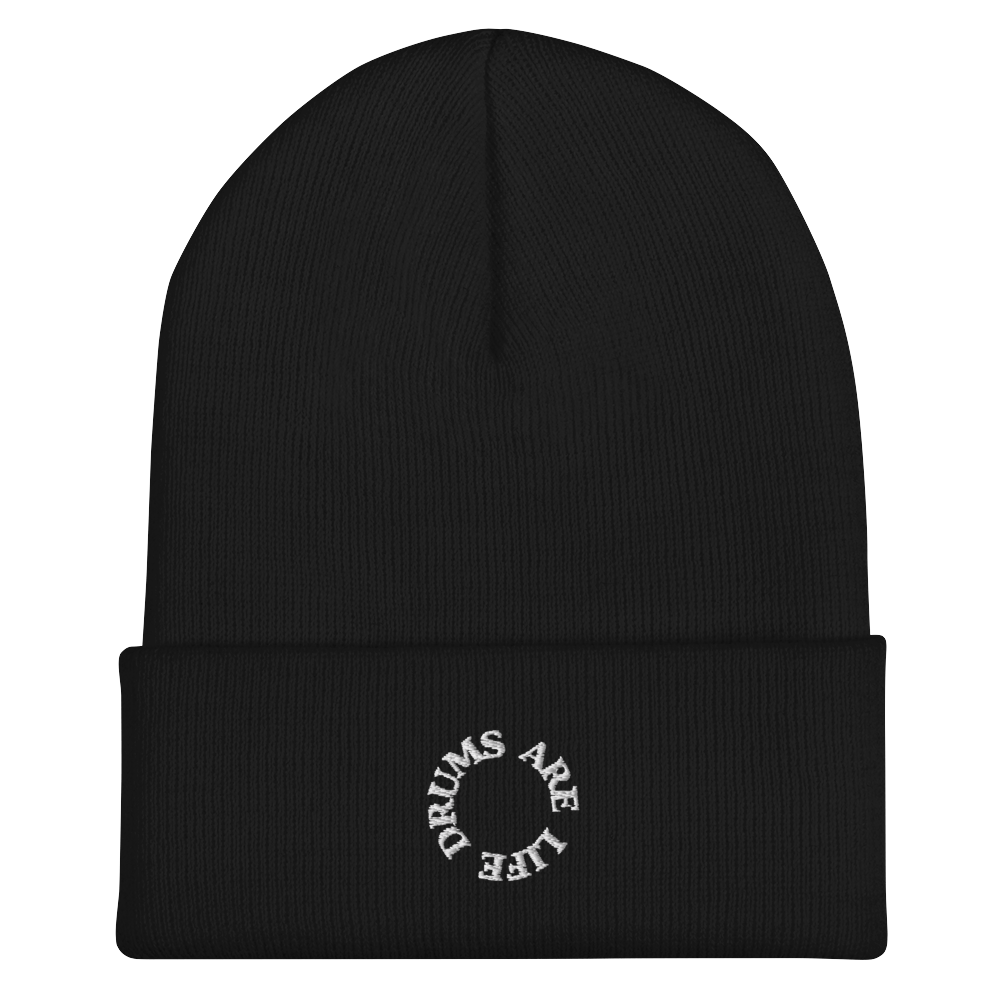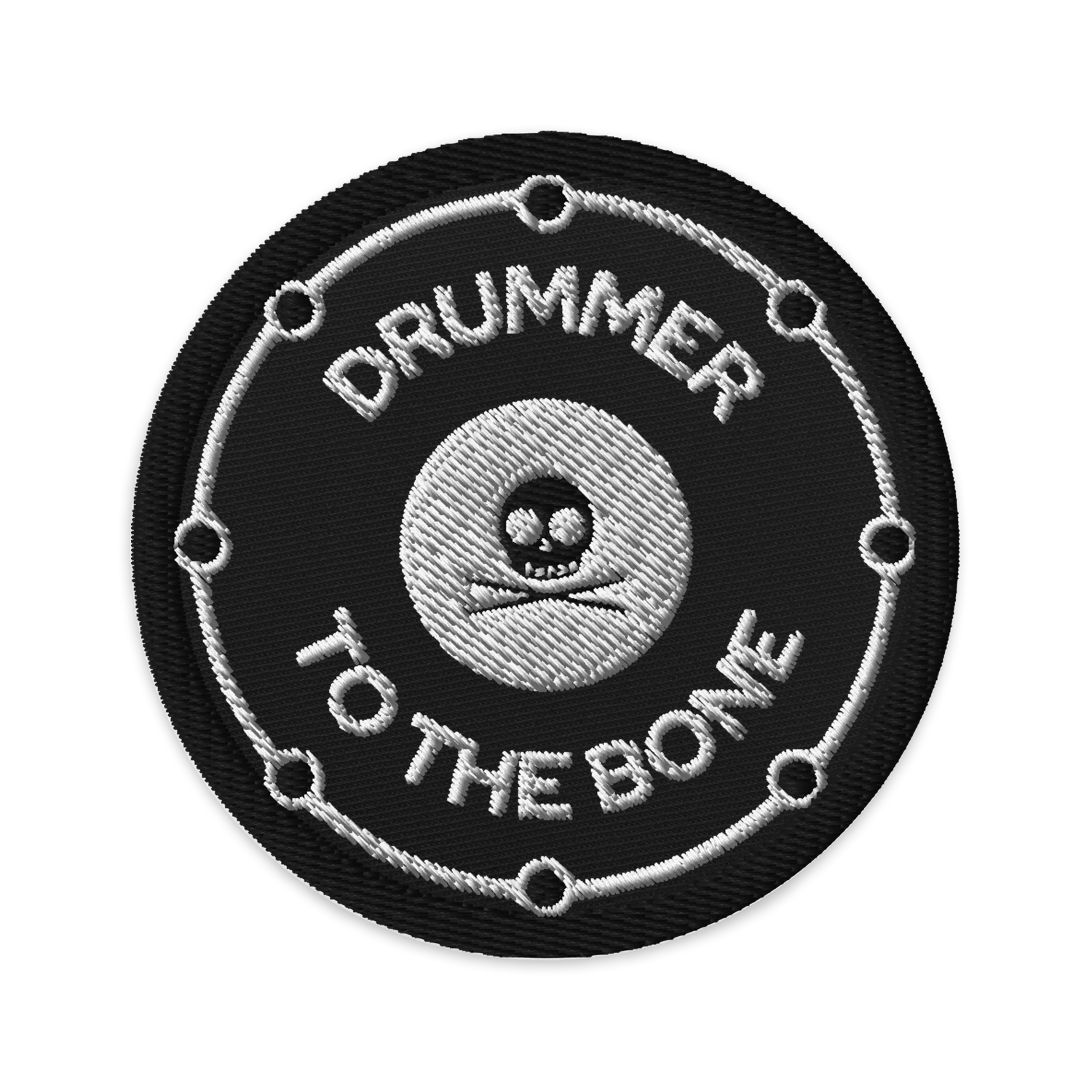
Drum screens are there to help with noise control and to improve the mix. But are they really necessary?
It’s there to control your drums’ sound projection
A drum cage is there to control the noise level coming out from the drums and cymbals. It’s rare that you’ll see a drum screen in a toned-down jazz gig, but everything from pop to rock to country, where we have to project the sound of the drums, then it might be necessary to put you in a cage (you animal…).

Big Bad Voodoo Daddy. Photo by Tom Sawada.
Better on-stage mix
It’s a 2-way street. On the one hand, your drums will not leak into the other instrument’s mics (like the microphone picking up the guitar and bass amps or vocals), on the other hand, the amps will not leak into your drum mics. So, this makes the sound engineer’s job much easier. It’s a lot easier to get a cleaner mix and therefore a better front-of-house sound.
Better monitoring
With a better stage mix, your monitoring mix is also a lot cleaner. Want more bass guitar in your mix? Great, it is easier to do it with you drumming behind a shield, since you can get a lot more bass without getting your drum’s feedback in your ears. The same goes for everybody else. If the guitar player wants more drums, their guitar sound won’t get in the way.
Feedback control
With a lot of microphones close to each other comes the risk of feedback. This is not to say that with a drum shield you won’t have feedback, but it definitely helps with feedback reduction.
Most shields do not stop the sound, they just redirect it
Basically, the sound waves bounce off the shield. There should be enough space behind and on top of the drums, or some absorbing material, in order for the sound waves not to bounce back into your mics, creating a reverb or delay-type of sound. What is usually recommended is acoustic foam, heavy curtains, acoustic panels, or absorption baffles be used on a significant percentage of the screen surface and opposite the screen in order to soak up and dissipate as much of the direct and reflected sound energy as possible.
Also, some shields have “deflectors”, which are small panels added to the top of each large drum panel and lean slightly inwards. These provide extra height to the drum shield, and their angle helps with more sound being deflected away from the stage.

Drum Shield with deflectors
What are drum shields made of?
They are usually made out of 0.22-inch thick clear acrylic, but there are also thicker and abrasion-resistant versions for rugged use and touring applications.
Do I need one?
In smaller venues or places where sound control is important (like churches), then a drum screen might be a necessity. Especially if you’re a hard hitter (you beast…).
It comes down to the sound engineer’s preferences
We’ve all seen drum shields in arenas, haven’t we? So, sometimes, it comes down to the sound engineer’s preferences. In some bands, they will always use a drum cage, so that they don’t have to worry about the mix, feedback and others. There’s enough things to worry about on a tour!





